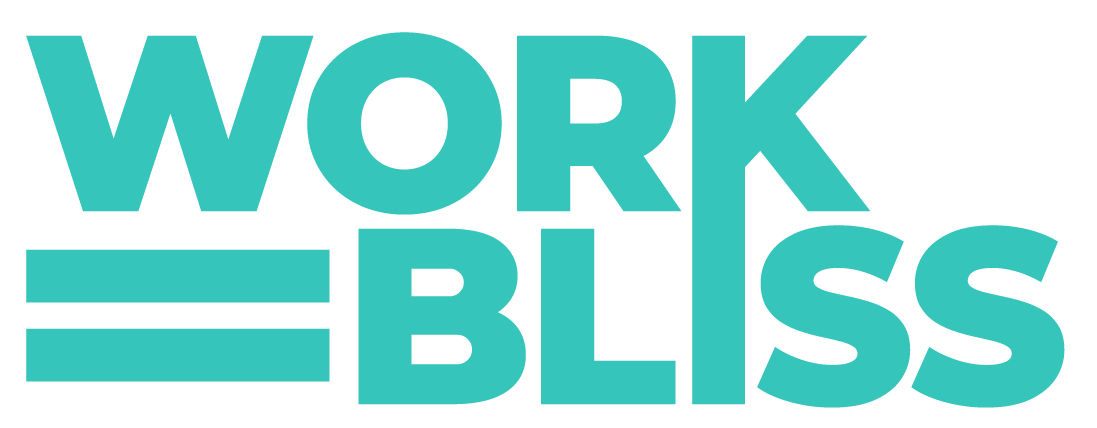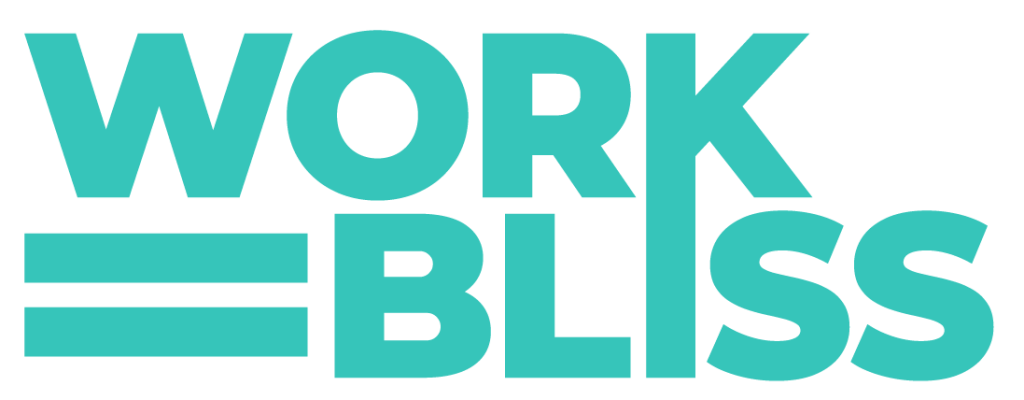Navigating generational differences isn’t easy. With a mix of peer groups working side by side, tensions, and conflicts can often arise from clashing work styles, values, and communication preferences. But managing this can be easier than you think.
All it takes is a little bit of communication, understanding, and empathy. Seriously, you may be a few team exercises and training sessions away from serious improvement! Read on to learn 3 fundamental steps you can apply to improve the generational differences in your workforce.
1. Understand Mindset Differences
The first step to improving your workforce development is to understand how and why people think the way they do.
For example, Baby Boomers were shaped by events like the Cold War and the Moon Landing. Hence, they tend to be loyal workers who respect hierarchy and authority. Their strengths include extensive industry knowledge, mentorship skills, and feel comfortable with traditional communication like phone calls or in-person meetings.
On the other hand, Millennials, who came of age during the internet boom and increasing globalization, tend to be tech-savvy multitaskers who are passionate about innovation. They also have different expectations when it comes to flexibility and work-life balance.
And where they may lack in corporate structure, Millennials are creative, comfortable with digital communication, and have a desire to make positive impacts on the world. Understanding these cultural differences helps explain why we think the way we do, making space for empathy. This mindset shift is key to overcoming tensions, avoiding assumptions, and enabling seamless collaboration.
2. Transform Teams Through Experience
The effectiveness of team-building activities is that everyone can get a sense of who each individual is outside of the office.
When you begin to experience a different kind of communication through these experiences, it can create opportunities for mutual learning, communication, and camaraderie between generations.
Here are 3 timeless exercises you can do with your team.
Generational Storytelling
Sharing events from one’s youth helps bridge generational divides. It highlights shared human experiences across all ages and allows others to step in the shoes of their colleagues for a time.
Sharing Timeline Innovations
Technological or cultural landmarks from different eras are influential, to say the least. With this exercise, teams can appreciate the socio-cultural progress that has occurred in each other’s lifetime. This exercise can spark an interest in each generation’s ability to adapt their experiences.
Reverse Mentoring
This approach acknowledges the unique strengths of every generation.
Older employees gain insights into newer methodologies and technological trends, while younger employees benefit from accumulated wisdom and experience. The reciprocal nature of this exercise encourages a growth mindset, regardless of age.
3. Embrace Open Dialogue
You never want your best workers to grow silent. It typically means something is being suppressed, and they’re looking for other avenues to express those concerns. Through feedback systems like roundtable discussions and open-door policies, everyone has an avenue to share their concerns and insights.
This approach not only bridges communication gaps between different age groups but also presents the opportunity to discuss pressing issues. By nipping it in the bud, there’s more time and space for innovation rather than mulling over the possibilities that are getting limited by a lack of communication.



